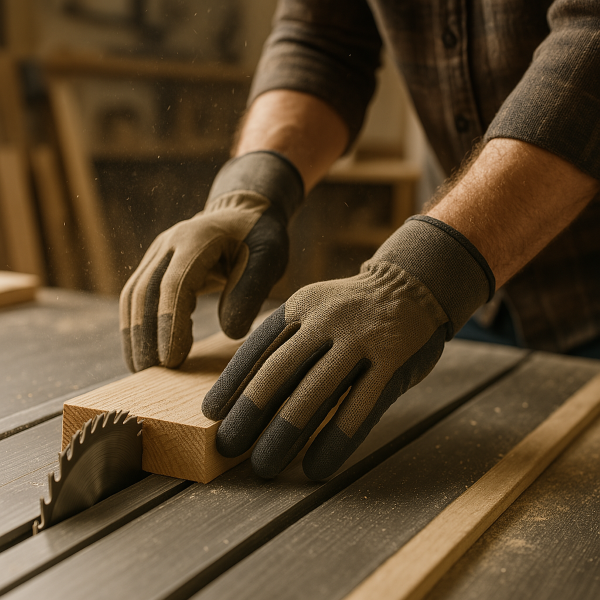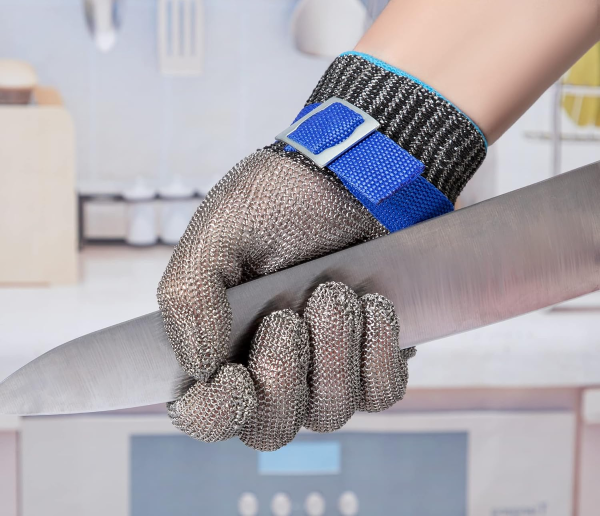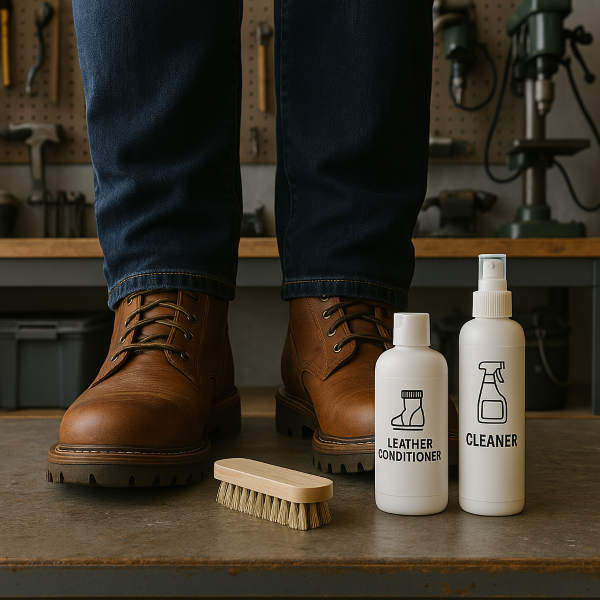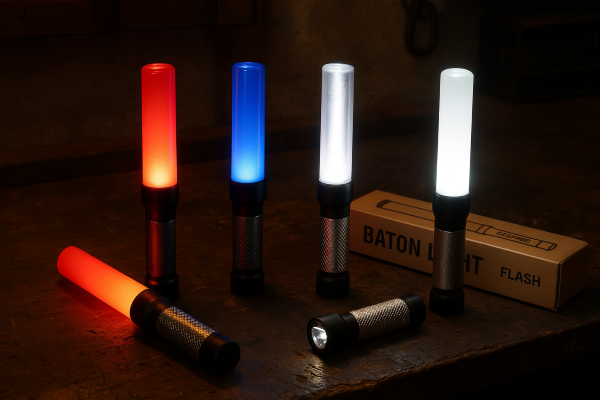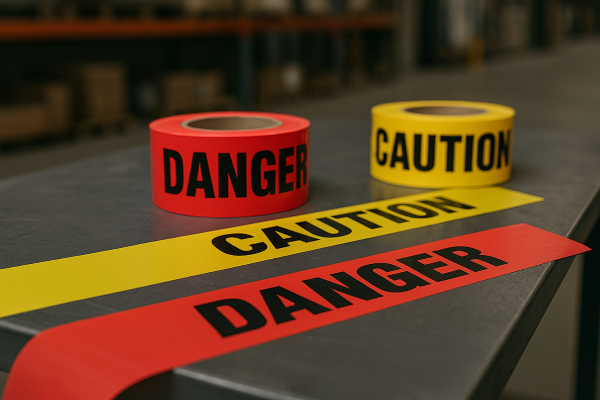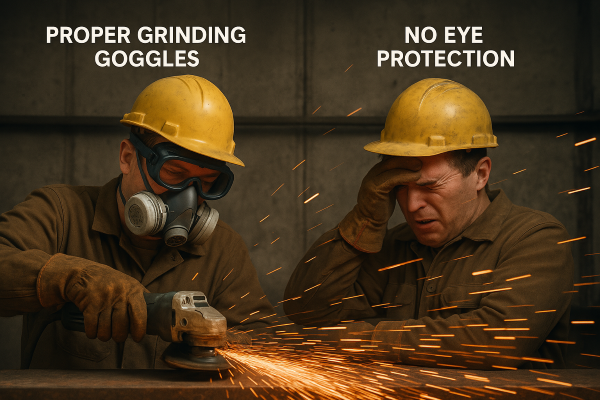Best Woodworking Safety Gloves in 2025
Protect Your Hands Like a Pro
Why Woodworking Gloves Matter More Than You Think
Whether you’re carving delicate dovetails or powering through hardwood with a table saw, one thing remains constant—your hands are your most valuable tools. Woodworking gloves provide essential protection from splinters, sharp edges, abrasions, and the wear and tear that comes with handling tools and lumber. But not all gloves are made equal.
In this guide, we’ll break down the top woodworking safety gloves for 2025, covering what features to look for, real-world use cases, and how to choose the best pair based on your workflow—whether you’re a hobbyist woodworker or a professional carpenter.
Key Features to Look for in Woodworking Safety Gloves
Before we dive into the product recommendations, here’s a quick look at what separates the best gloves from the rest:
1. Cut Resistance
Opt for gloves with ANSI or EN388 cut-resistance ratings. These gloves prevent nicks, cuts, and more serious injuries when handling sharp tools or materials.
2. Dexterity & Flexibility
Woodworking involves detailed handwork. Gloves should allow for fine motor control without feeling bulky.
3. Grip Control
A strong grip helps you handle slick or heavy pieces of wood safely. Look for gloves with textured palms or nitrile coatings.
4. Breathability
Sweaty hands are a safety hazard. Gloves with breathable backings (e.g., spandex or mesh) improve comfort over long sessions.
5. Splinter Protection
Thick leather or reinforced synthetic materials provide excellent protection against splinters and abrasions.
Comparison Table: Top 5 Woodworking Gloves (2025)
| Product Name | Material | Cut Resistance | Dexterity | Best For | Price Range |
|---|---|---|---|---|---|
| Mechanix Wear FastFit | Synthetic Leather | EN388 Level 3 | High | General Use | $12–$20 |
| Ironclad General Utility Gloves | Synthetic Leather w/ Reinforcements | EN388 Level 2 | Medium-High | Power Tool Work | $13–$25 |
| NoCry Cut Resistant Gloves | UHMWPE, Fiberglass | EN388 Level 5 | Medium | Precision Cuts | $13–$18 |
| Youngstown Carpenter Plus | Hybrid Leather | EN388 Level 3 | High | Carpentry | $22–$30 |
| Gorilla Grip Slip Resistant Gloves | Nitrile Coated | EN388 Level 2 | Very High | Lightweight Tasks | $12–$22 |

Detailed Product Reviews
🧤 1. Mechanix Wear FastFit Gloves
A favorite among DIYers and pros alike, these gloves offer a snug fit, easy on/off design, and excellent tactile sensitivity. Great for sanding, measuring, and detailed assembly work.
- Pros: Affordable, flexible, machine washable
- Cons: Not suited for high-cut-risk jobs
Use Case: Ideal for everyday woodworking tasks and light-duty shop work.
🧤 2. Ironclad General Utility Gloves
These rugged gloves are reinforced in key stress areas and feature a terry cloth sweat wipe—a nice touch for long hours in the shop.
- Pros: Durable, reinforced palm, sweat management
- Cons: Slightly bulky for precision cuts
Use Case: Perfect for handling rough lumber and operating saws or drills.
🧤 3. NoCry Cut Resistant Gloves
These ultra-thin gloves boast Level 5 cut resistance, making them excellent for jobs involving chisels, carving knives, or router bits.
- Pros: High cut resistance, lightweight
- Cons: Minimal splinter protection
Use Case: Best for precision cuts, carving, and detail work.
🧤 4. Youngstown Carpenter Plus Gloves
Designed with carpenters in mind, these gloves expose the thumb and two fingers while protecting the rest—striking a great balance between safety and control.
- Pros: Open-finger design, padded palms
- Cons: Less protection on exposed fingers
Use Case: Excellent for tasks requiring both protection and fingertip control.
🧤 5. Gorilla Grip Slip Resistant Gloves
These are budget-friendly and ultra-grippy gloves great for quick shop work or summer woodworking when breathability is key.
- Pros: Affordable, breathable, great grip
- Cons: Limited cut resistance
Use Case: Ideal for painting, light sanding, or material handling.
How to Choose the Right Glove for Your Project
| Task Type | Recommended Glove Type |
|---|---|
| Fine carving/detailing | Cut-resistant gloves with high dexterity (e.g., NoCry) |
| Heavy-duty tool usage | Reinforced, thick gloves (e.g., Ironclad) |
| Mixed-use projects | All-purpose gloves with grip and fit (e.g., Mechanix FastFit) |
| Outdoor carpentry | Leather or hybrid gloves with weather resistance |
| Splinter-heavy wood | Gloves with full hand coverage and abrasion protection |

Safety Tips When Using Gloves in the Workshop
- Don’t wear gloves near rotating machinery like table saws or lathes—loose fabric can catch and cause injury.
- Keep gloves clean and dry. Wet or dirty gloves reduce grip and can compromise safety.
- Inspect for wear and tear. Holes or fraying material mean it’s time for a replacement.
- Choose task-specific gloves. One size doesn’t fit all when it comes to workshop safety.

Protect Your Craft and Your Hands
Woodworking gloves are a critical piece of PPE that too many hobbyists overlook—until it’s too late. Investing in the right pair for your needs will not only keep you safe but also improve your grip, comfort, and efficiency in the workshop. Whether you’re carving a masterpiece or framing a new shed, your hands deserve the best protection.
Ready to upgrade your workshop safety gear? Choose from our top picks and start woodworking smarter and safer today.

